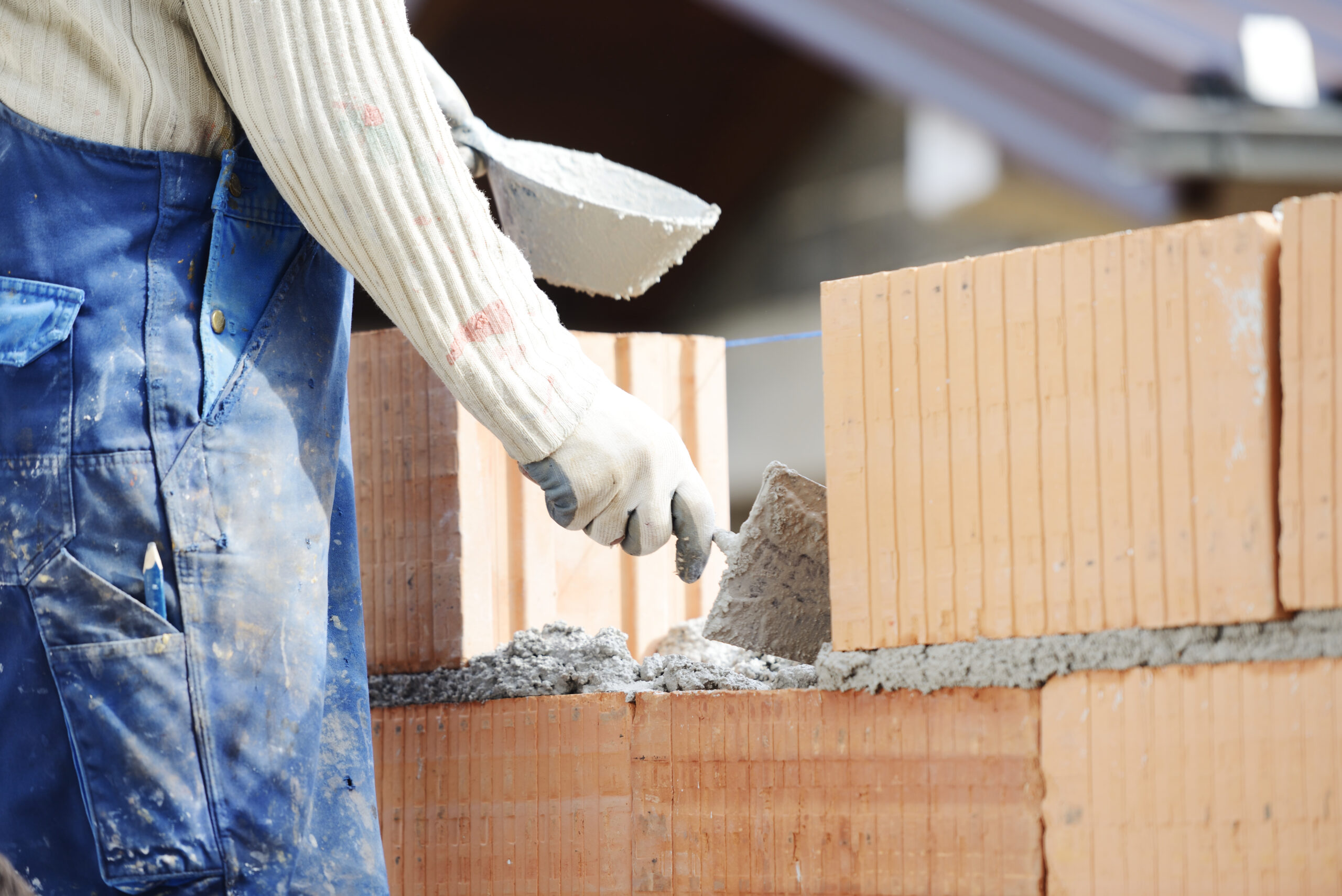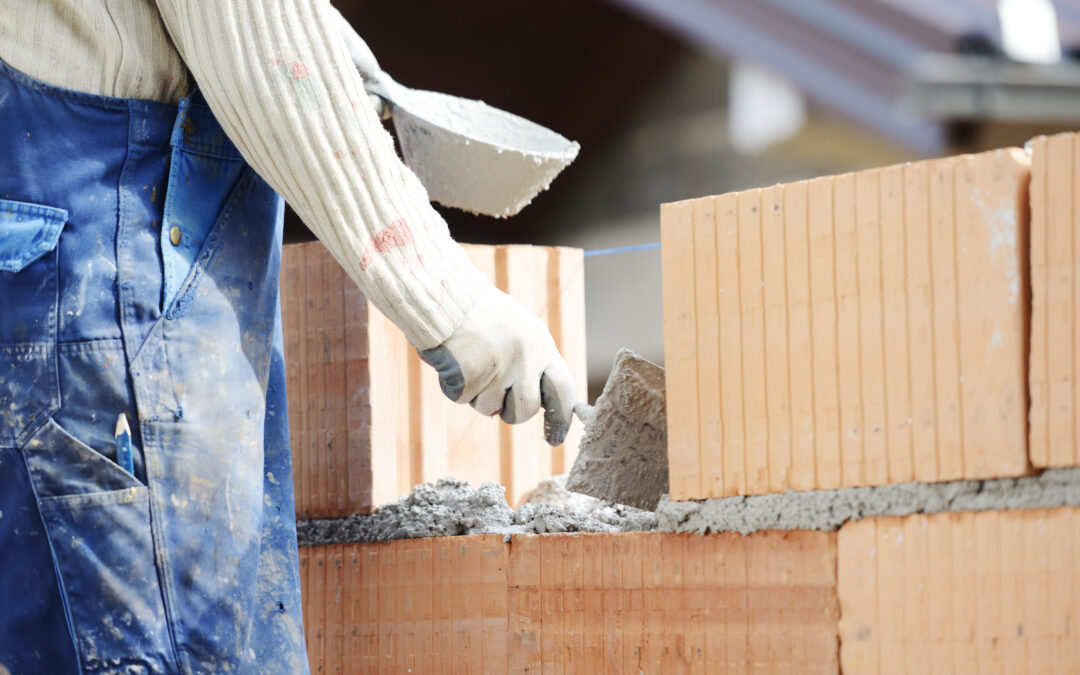Emergencies can strike at any time, and being prepared is key to ensuring your family’s safety. In this blog post, we will cover the ultimate checklist for emergency preparedness, including building an emergency kit, creating a family communication plan, preparing your home and property for natural disasters, and more. Let’s get started!
Building an Emergency Kit: What You Need to Know
An essential part of emergency preparedness is having an adequate emergency kit on hand. Your kit should include supplies that will help you survive for at least 72 hours in case of an emergency. Here are some items you should consider adding to your kit:
Water (one gallon per person, per day)
Non-perishable food items
First aid kit with bandages, antiseptic wipes, and other medical supplies
Flashlight or lantern with extra batteries
Portable phone charger
Extra clothing and blankets
How to Create a Family Communication Plan in Case of an Emergency
In addition to building an emergency kit, it’s also important to create a family communication plan. This plan should outline how you will communicate with each other during an emergency, as well as what steps you will take to reunite if separated. Consider the following when creating your plan:
Thank you for reading this post, don't forget to subscribe NOW for FREE!
Identify a safe meeting place for your family to gather in case you are separated during an emergency.
Establish a contact person who lives out of town that everyone can call or text to check-in.
Make sure everyone has the necessary contacts saved in their phones, including emergency services and local authorities.
Preparing Your Home and Property for Natural Disasters
Natural disasters such as hurricanes, earthquakes, and wildfires can cause significant damage to homes and properties. Taking proactive measures to prepare your home and property can help minimize potential risks. Here are some tips to follow:

Secure loose outdoor furniture and objects that could become projectiles during high winds or storms.
Trim trees and shrubs around your home to reduce fire hazards.
Install smoke detectors and carbon monoxide alarms throughout your home.
Have a professional inspect your roof annually to ensure it can withstand heavy rain or snowfall.
Conclusion
Being prepared for an emergency can give you peace of mind knowing that you have taken the necessary precautions to keep yourself and your loved ones safe. By building an emergency kit, creating a family communication plan, and preparing your home and property for natural disasters, you can be better equipped to handle whatever life throws your way. Remember, emergency preparedness starts with you!






